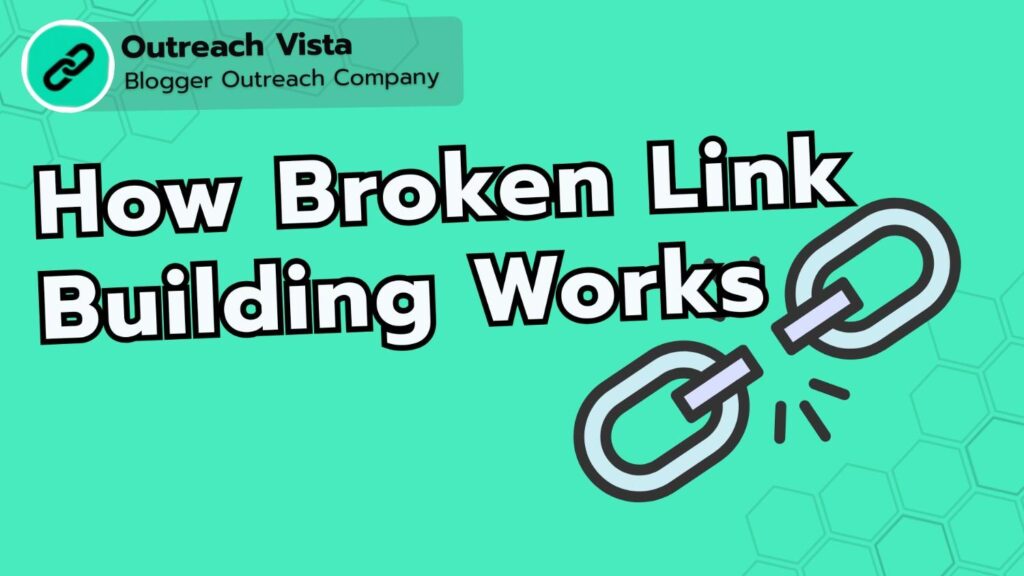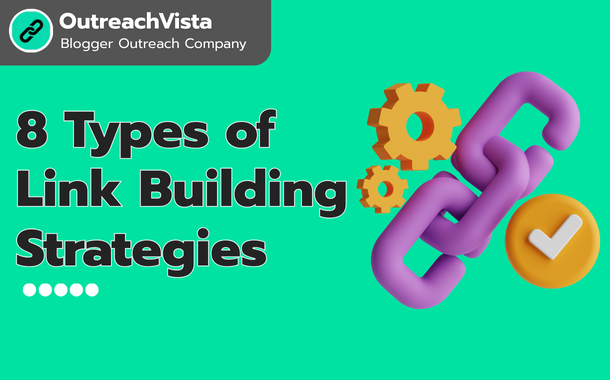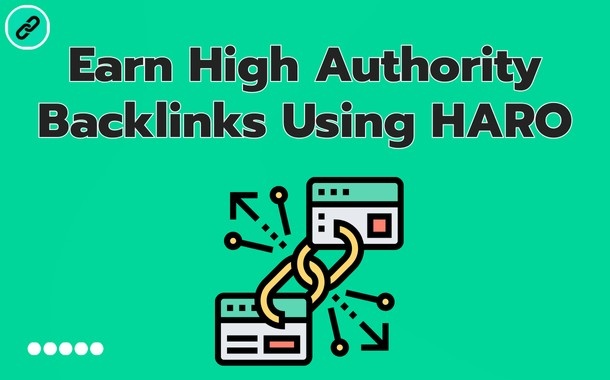Broken link building is an SEO method. It means finding links on websites that no longer work. These links often lead to deleted or missing pages. Once you find them, you suggest your own useful content as a replacement. Website owners get working links, and you get a backlink. This helps both sides.
Links break for many reasons. Sometimes pages are deleted or moved. Sometimes a website is shut down. Even small errors in the link can cause it to break. Broken links hurt user experience and SEO. This strategy helps websites stay clean and user-friendly. A site with working links looks more professional. It also helps users find the right content.
Table of Contents
Why Broken Link Building Matters for SEO
Broken link building is important because backlinks play a big role in SEO. Search engines look at backlinks as a sign of trust. When you replace a broken link with your content, you earn a quality backlink. This increases your website’s authority and improves your chances of ranking higher.
It also helps website owners who do not want broken links on their site. Broken links create a poor user experience and can harm their SEO. By suggesting your content as a replacement, you fix their problem and give them value. In return, you gain a backlink that benefits your site.
This process creates a win-win situation. You help others keep their site clean, and you improve your own reach. Over time, it can build strong relationships with website owners. These connections can open doors for more opportunities.
That is why broken link building is more than just getting backlinks. It’s about offering value, improving user experience, and building authority in your niche. With consistency, this strategy can bring long-term SEO benefits.
How to Find Broken Links
Using SEO Tools
SEO tools like Ahrefs, SEMrush, or Screaming Frog can quickly find broken links across many pages. These tools crawl websites and highlight links that lead to error pages, saving you time. Browser extensions such as Check My Links make the job easier while browsing specific pages. This method is fast, reliable, and perfect for large sites.
Manual Checking
You can also find broken links by checking websites manually. Visit resource pages, blog posts, or directories in your niche and go through the listed links. If any link opens a 404 or error page, it’s broken. While this takes more effort, it gives you a better view of the content and context of the link.
Competitor Analysis
Competitor analysis is another smart way to find broken links. By checking their backlink profile with tools, you can see which links to their site are broken. These broken links can be replaced with your content, helping you gain traffic and authority from the same audience.
Steps to Broken Link Building
Identifying Relevant Pages and Broken Links
Start by finding websites in your niche that have useful resources or articles. Use SEO tools or manual checking to spot broken links on these pages. Focus on sites that are related to your topic, as they are more likely to accept your replacement content.
Creating High-Quality Replacement Content
Once you find a broken link, the next step is to create or use content that can replace it. Make sure your content is helpful, detailed, and relevant to the original topic. High-quality content increases your chances of being accepted by the website owner.
Crafting Effective Outreach Emails
Reach out to the website owner or editor with a polite email. Let them know about the broken link on their site and suggest your content as a replacement. Keep your email short, direct, and professional. The goal is to show that you’re helping them improve their site.
Following Up and Tracking Responses
Sometimes website owners may not reply right away. Send a follow-up email after a few days as a reminder. Keep track of all your outreach efforts, replies, and successful replacements. This helps you measure results and refine your strategy.
Benefits of Broken Link Building
- Boosting Search Engine Rankings: Broken link building helps you gain quality backlinks. Search engines see these backlinks as a sign of trust and authority. The more trusted links you get, the higher your website can rank in search results. This means more visibility and organic traffic.
- Building Relationships with Site Owners: When you help website owners fix broken links, you build a good connection. They appreciate the support and may work with you again in the future. These relationships can lead to more backlink opportunities and collaborations.
- Increasing Traffic and Authority: Replacing broken links with your content brings direct traffic from those websites. It also improves your authority in your niche. Over time, people see your site as a reliable source of information.
- Improving User Experience: Websites with fewer broken links offer a smoother experience for visitors. By providing a working link, you help users find the information they need. This benefits both the website owner and your own site.
- Cost-Effective SEO Strategy: Unlike paid ads or expensive campaigns, broken link building only requires effort and time. It is a cost-effective way to earn high-quality backlinks without spending extra money.
- Long-Term Value: Once your link is placed on a site, it can continue to bring traffic and authority for years. Unlike temporary promotions, this strategy provides lasting benefits that support long-term SEO growth.
Common Mistakes to Avoid
Using Low-Quality Content as Replacement
One of the biggest mistakes is offering weak or thin content as a replacement. Website owners want content that adds real value to their readers. If your content is outdated, copied, or too short, they will likely reject it. High-quality, well-structured content gives you a much better chance of success.
Targeting Irrelevant Websites
Reaching out to websites that don’t match your niche is a waste of effort. Even if they add your link, it won’t help much with SEO because search engines value relevance. Always focus on sites that are related to your topic and audience. This ensures your backlinks are strong and meaningful.
Ignoring Proper Outreach Etiquette
Sending long, pushy, or spam-like emails can turn website owners away. Keep your outreach messages polite, short, and professional. Explain clearly where the broken link is and why your content is a good replacement. A helpful tone shows you care about improving their site.
Not Following Up
Many people send one email and give up when they don’t get a reply. In reality, site owners may be busy and miss your first message. A polite follow-up after a few days can make the difference between being ignored and getting your link published.
Overlooking Broken Links on Your Own Site
Another mistake is focusing only on others’ broken links while ignoring your own. Broken links on your site hurt user experience and SEO. Regularly checking and fixing them keeps your site professional and trustworthy. It also shows that you follow the same advice you give others.
Conclusion
Broken link building is a smart and practical SEO strategy. It helps you gain quality backlinks while also improving other websites. By finding broken links, creating helpful replacement content, and reaching out with the right approach, you can turn errors into opportunities. This not only boosts your search rankings but also builds trust and credibility in your niche.
The best part is that it creates a win-win situation. Website owners get a clean and user-friendly site, and you get valuable backlinks. With consistency, patience, and good outreach, broken link building can bring long-term results. It’s simple, effective, and cost-friendly, making it one of the best strategies to grow your online presence.



